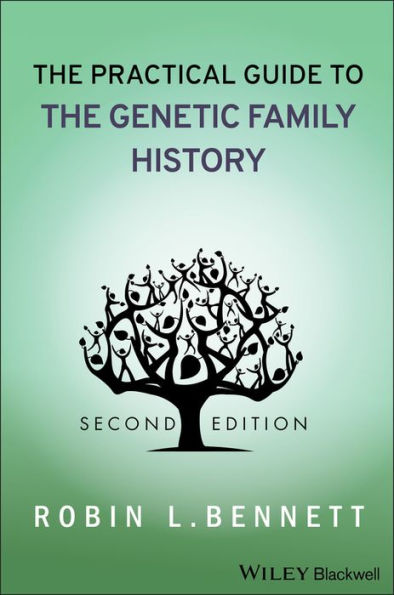The Second Edition of The Practical Guide to the Genetic Family History not only shows how to take a medical-family history and record a pedigree, but also explains why each bit of information gathered is important. It provides essential support in diagnosing conditions with a genetic component. Moreover, it aids in recommending genetic testing, referring patients for genetic counseling, determining patterns of inheritance, calculating risk of disease, making decisions for medical management and surveillance, and informing and educating patients. Based on the author's twenty-five years as a genetic counselor, the book also helps readers deal with the psychological, social, cultural, and ethical problems that arise in gathering a medical-family history and sharing findings with patients.
Featuring a new Foreword by Arno Motulsky, widely recognized as the founder of medical genetics, and completely updated to reflect the most recent findings in genetic medicine, this Second Edition presents the latest information and methods for preparing and assessing a pedigree, including:
- Value and utility of a thorough medical-family history
- Directed questions to ask when developing a medical-family history for specific disease conditions
- Use of pedigrees to identify individuals with an increased susceptibility to cancer
- Verification of family medical information
- Special considerations when adoptions or gamete donors are involved
- Ethical issues that may arise in recording a pedigree
Throughout the book, clinical examples based on hypothetical families illustrate key concepts, helping readers understand how real issues present themselves and how they can be resolved.
This book will enable all healthcare providers, including physicians, nurses, medical social workers, and physician assistants, as well as genetic counselors, to take full advantage of the pedigree as a primary tool for making a genetic risk assessment and providing counseling for patients and their families.
The Second Edition of The Practical Guide to the Genetic Family History not only shows how to take a medical-family history and record a pedigree, but also explains why each bit of information gathered is important. It provides essential support in diagnosing conditions with a genetic component. Moreover, it aids in recommending genetic testing, referring patients for genetic counseling, determining patterns of inheritance, calculating risk of disease, making decisions for medical management and surveillance, and informing and educating patients. Based on the author's twenty-five years as a genetic counselor, the book also helps readers deal with the psychological, social, cultural, and ethical problems that arise in gathering a medical-family history and sharing findings with patients.
Featuring a new Foreword by Arno Motulsky, widely recognized as the founder of medical genetics, and completely updated to reflect the most recent findings in genetic medicine, this Second Edition presents the latest information and methods for preparing and assessing a pedigree, including:
- Value and utility of a thorough medical-family history
- Directed questions to ask when developing a medical-family history for specific disease conditions
- Use of pedigrees to identify individuals with an increased susceptibility to cancer
- Verification of family medical information
- Special considerations when adoptions or gamete donors are involved
- Ethical issues that may arise in recording a pedigree
Throughout the book, clinical examples based on hypothetical families illustrate key concepts, helping readers understand how real issues present themselves and how they can be resolved.
This book will enable all healthcare providers, including physicians, nurses, medical social workers, and physician assistants, as well as genetic counselors, to take full advantage of the pedigree as a primary tool for making a genetic risk assessment and providing counseling for patients and their families.

The Practical Guide to the Genetic Family History
384
The Practical Guide to the Genetic Family History
384Paperback(2nd ed.)

